
 A few tips on “preliminary” tasks:
A few tips on “preliminary” tasks:
- Plan for 1 lb of turkey per person and an additional 1/2 per person for leftovers. If you have a family of 5, and are hosting 15 people for Thanksgiving, a 17-20 lb turkey will be a great choice, depending on how much leftovers you’d like! {I have a family of 5, am hosting 8 and am cooking a 23-pounder! I’m hosting many, many more for Christmas and am already planning several inexpensive meals made from my .40/lb Thanksgiving turkey!}
- Thawing a turkey takes anywhere from 1-5 days! Go here to see how long it will take to thaw your bird. You can thaw your turkey in the refrigerator, or submerged in cold water.
- Remember to remove the giblet packet and to rinse the turkey thoroughly before roasting. {Unless you brine, then rinse prior to brining!}
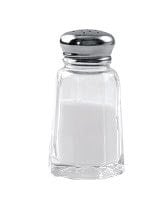
A few years ago a friend passed along a tip to brine the turkey the night before roasting. I took his advice and since then have enjoyed an incredibly moist and flavorful turkey each year! The brine works to infuse the meat with flavor, and helps the bird retain moisture. Basic brining is simply submerging the turkey in a large food-grade bucket filled with a salt-water solution for several hours, in the refrigerator.
Since we live in a pretty cold area, I take advantage of the freezing outside temps and brine my bird in a cooler outside! {Can anyone really fit a bucket in their refrigerator?!} I first dump some ice into the bottom of the cooler. Then I line the cooler with a large, clean trash bag. Add the ingredients to the bag and let sit overnight. The basic brine ratio is 1 gallon water to 1 cup table salt. Use 1/2 cup salt if you’re planning on brining overnight. This year, I’m planning to brine my turkey using this recipe. Yum!
Brined turkeys often cook faster, so keep an eye on that meat thermometer!

Don’t skip making stuffing, period, instead, just skip actually stuffing the bird. I know, this is somewhat of a personal preference, but every time I served stuffing from the bird, it was way too moist. Mushy is a better word. Instead, I stuff my bird with one of each, all washed and quartered: a lemon, an apple, an orange and an onion. All are super inexpensive and serve to infuse moisture and a nice hint of flavor into the turkey.
This year, I’m also planning on rubbing way-too-much butter all over my turkey. {Think 4 TBSP- 1 cube. I heard it’s heavenly. How can it not be?!}

Meat thermometers are inexpensive tools that come in very handy when cooking a turkey. I know turkeys often come with those small plastic pop-up timers, but after just one year of it not working, I opted to use my own method!
Some thermometers are heat-proof, others are not. Depending on which kind you have, you can either leave it in the turkey the entire time, or you’ll have to insert it periodically.
Use a meat thermometer to determine when the bird is fully cooked. When done, all parts of the turkey should be 165°F. After removing the turkey from the oven, the temperature of the meat will initially increase by about 5° as the turkey rests.
The reasoning behind this trick is obvious: Overcooked turkey is beyond dry and barely edible. {Trust me, I speak from experience!}
To know when your chicken reaches the right temperature, your best tool is going to be a meat thermometer. My all-time favorite meat thermometer is the Thermapen. It’s super fast and incredibly durable. Another great meat thermometer is the ThermoPop which is a more basic version that works just as well!
Trick #4: Let the Bird Sit
After it’s roasted to the appropriate temperature, take your turkey out of the oven, cover it loosely with foil and let it sit for an hour. Not only does this give you time to cook several other items that need cooking, but it also lets the juices be redistributed, resulting in a more moist turkey and easier carving.
That’s it! Those are all my tricks. I hope every one’s turkey is the talk of the day! Have a tip to share? Leave a comment!!
Want to read more on how to cook a turkey? Here’s a great article that has lots of tips on roasting. Go here to read another that includes a variety of ideas on cooking that perfect bird.


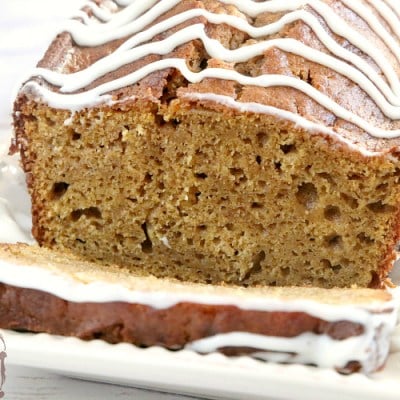

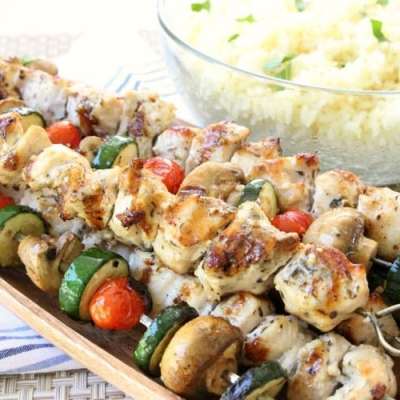
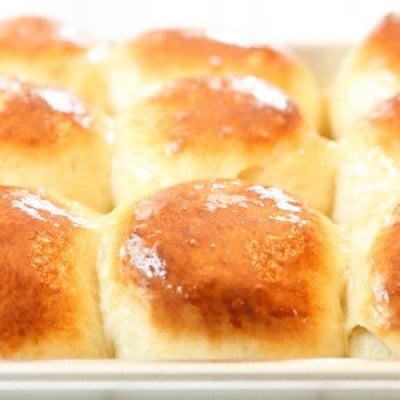
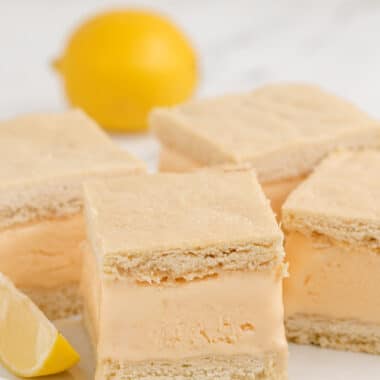

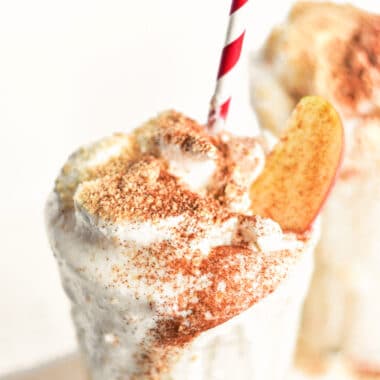

Beck & Bulow says
Last year, I dry brined our butterflied turkey. I will never cook turkey any other way. It was so moist, cooked superfast and definitely the tastiest ever!!!!